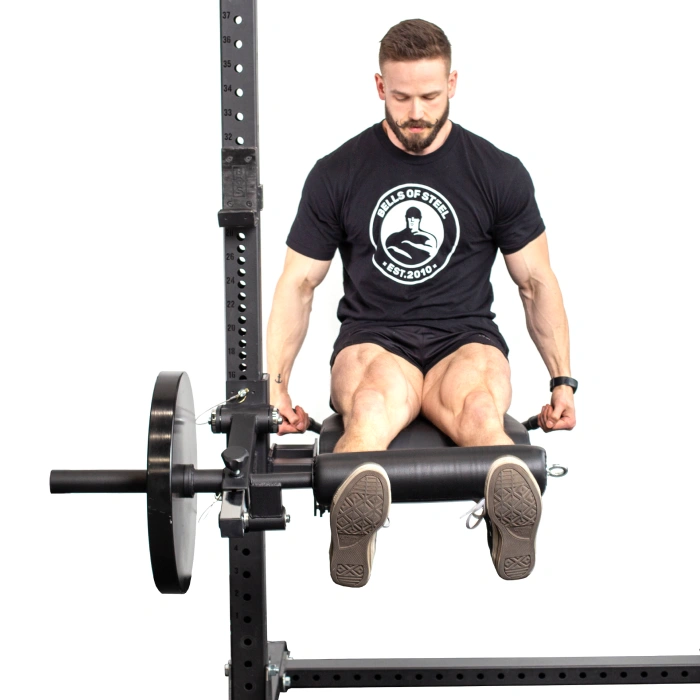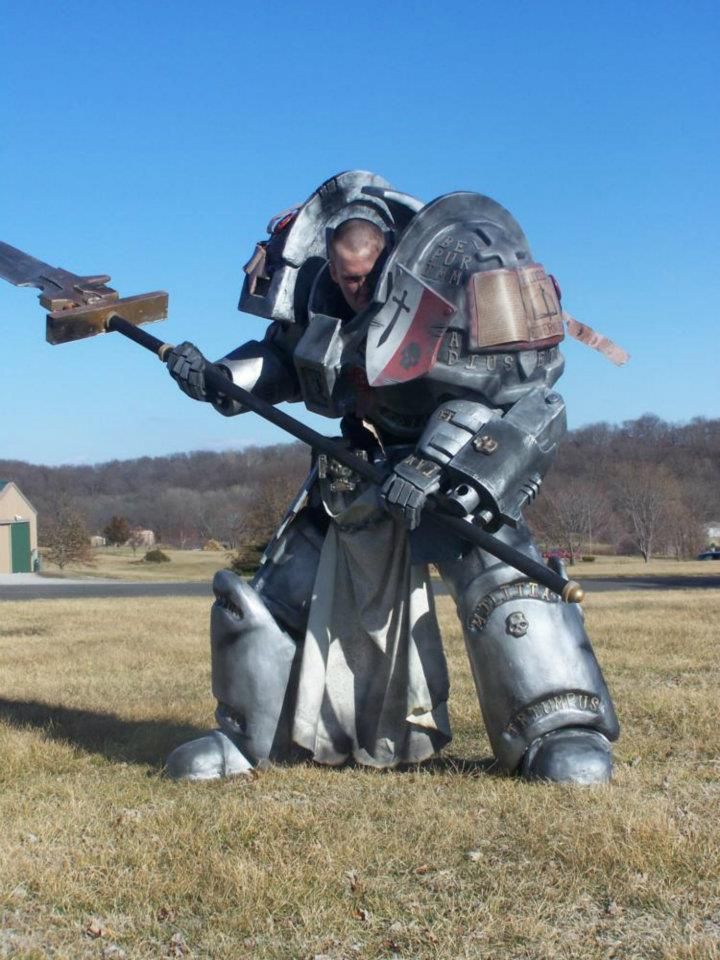INTRODUCTION
My last two articles covered the value of self-massage and corrective exercises to manage muscle pain and optimize joint positions and postures. Those items are critical and foundational steps that allow strength training to occur with minimal hiccups.
We all intuitively know that motor vehicle accident (MVA) injuries can hamper our strength. And poor strength inhibits us from performing work-related tasks and activities of daily living. So…. getting stronger makes a lot of good sense. But, are all strength exercises created equally?

WHAT IS STRENGTH?
Strength can be defined as the ability to produce force. So that could be a person sitting on a leg extension machine getting really strong extending the legs (see above). But does this exercise transfer to activities of daily living? Maybe it is good in the early stages of rehab (say a knee injury). But, as rehab progresses (when and why people see Kinesiologists) goals become a little different.

WHAT IS FUNCTIONAL STRENGTH?
When clients see Kinesiologists, the goal is to produce strength that enhances the things we do in life such as lifting, squatting, pushing, pulling, carrying…otherwise known as activities of daily living (ADL). But, we need to understand that the body moves many muscles and joints in a wonderful, synchronized, and harmonious fashion. Like an orchestra!
We move fluidly, not like Robocop! Although it was a great movie. Let’s be honest. The important key is to address a region that was hurt/damaged, and then INTEGRATE that region back into large, robust movements because that is how the body operates; as a unit.

HMMM. WHY SHOULD A PERSON DO AN EXERCISE THAT DOESN’T DIRECTLY ADDRESS AN INJURY?
That is a great question! It would seem logical that if your lower back hurts, it might make good sense to get it stronger. And perhaps this might be part of the post-rehabilitation process. But, when a body part doesn’t seem to be working right, there are often other parts of the body feeding into the problem.
Look at the image above; do you see the domino effect? This is often what we see with our clients, and we find this through detailed movement assessments. This is known as Regional Interdependence; a fancy way of saying that pain and dysfunction can be worsened by other parts not working right.
LINK: Movement Assessments
So, if a person has been rehabbing back pain, our Kinesiologists might very well be coaching core stability exercises, diaphragmatic breathing, hip strengthening exercises, and corrective exercises to loosen stiff hips…ultimately supporting back health 🙂

SOUNDS GOOD. GIVE ME EXAMPLES OF FUNCTIONAL STRENGTH EXERCISES
There are many examples. The first thing is to break down movements into categories first. Some of the big categories are below. Our exercise library on McIsaacHealth.com has all of these, and more. Simply scroll down to “Strength” on our website and you will see them (239 videos under strength):
LINK: Knee Dominant (i.e., squatting down to tie your laces)
LINK: Hip Dominant (i.e., lifting your child off of the floor)
LINK: Shoulder Dominant (i.e., rolling to your elbow to get off of the floor…see the feature image at the very top of this article)
LINK: Horizontal Pushing (i.e., pushing a lawnmower)
LINK: Horizontal Pulling (i.e., yanking that stove backwards to clean 6 months of dust beneath)
LINK: Carrying (i.e., carrying your groceries into your home)
LINK: Core Stability (i.e., shoveling snow. Gosh, we did a lot of that this year)
Of course, many of our clients might not be able to jump right to the versions of the exercises provided above. For example, we have 61 progressions to improve diaphragmatic breathing! When clients are hurt, it is very important to break down an exercise into little chunks that their minds and bodies can “digest” easily. You may hear us use terms like “progressions”; this is a fancy way of describing these little chunks of movements that carefully build towards the target exercise.

CONCLUSIONS
So, if you combine a good assessment followed by instrument assisted self-massage, corrective exercise, and functional strength training, you will slowly develop a suit of amour over yourself. Get back to work and your personal life, with less pain and more strength!
-Michael McIsaac


Awesome article. Very informative. Thanks Michael
My pleasure of course sir 🙂